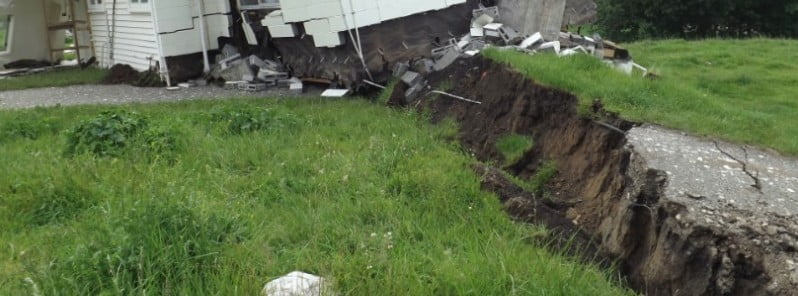How ultralow frictional healing could help predict large earthquakes

A new study published in the journal Science could be a game-changer in the field of seismology, as researchers have discovered a potential missing piece in the puzzle of predicting earthquakes. The study suggests that ultralow frictional healing, a common physical phenomenon, could be crucial in understanding when and how violently faults move. While it won’t enable scientists to forecast the next big earthquake, it could be a valuable new way to investigate the causes and potential for large, damaging earthquakes.
The study suggests that ultralow frictional healing could help explain recurring slow slip events and aid in understanding when and how violently faults move.
Slow slip events, also known as aseismic slip or silent earthquakes, are a type of fault movement that occurs slowly and steadily over days or weeks, in contrast to the abrupt and irregular movement that characterizes an earthquake. These events have been observed in several subduction zones around the world, including New Zealand’s Hikurangi margin.
Researchers from the University of Texas at Austin used rock samples from a fault off the coast of New Zealand to determine the frictional healing properties of the shallow, slow slip portion of the Hikurangi fault. They found that the ability of the material to strengthen after failure was limited, unlike for earthquake-producing events. These observations could explain why these shallow, slow slip events happen frequently and at low stress, and have short recurrence times of 1 to 2 years.
The study suggests that near-zero frictional healing rates associated with weak phyllosilicates that are common in subduction zones may promote frequent, small-stress-drop, slow ruptures near the trench. While the discovery won’t allow scientists to predict when the next big earthquake will strike, it provides researchers with a valuable new way to investigate the causes and potential for a large, damaging earthquake to happen.
The researchers suggest that their findings could be used to determine whether a fault is likely to slip silently with no earthquakes or have large ground-shaking earthquakes. The study’s co-lead author Demian Saffer, director of the University of Texas Institute for Geophysics, said, “With the right samples and field observations, we can now start to make testable predictions about how big and how often large seismic slip events might occur on other major faults, like Cascadia in the Pacific Northwest.”
This new study comes as scientists continue to search for ways to predict earthquakes. The forces behind large earthquakes are complex, but the discovery of the role of ultralow frictional healing could provide a valuable tool for researchers to better understand slow slip events and their potential to cause large earthquakes. The new insights could help improve our understanding of subduction zone faults and how they work, and ultimately aid in efforts to better forecast earthquakes.
References:
1 Earthquake scientists have a new tool in the race to find the next big one – University of Texas Austin – February 16, 2023
2 Ultralow frictional healing explains recurring slow slip events – Shreedharan et al. Science – February 16, 2023 – DOI: 10.1126/science.adf4930
Featured image: GeoNet

Commenting rules and guidelines
We value the thoughts and opinions of our readers and welcome healthy discussions on our website. In order to maintain a respectful and positive community, we ask that all commenters follow these rules:
We reserve the right to remove any comments that violate these rules. By commenting on our website, you agree to abide by these guidelines. Thank you for helping to create a positive and welcoming environment for all.